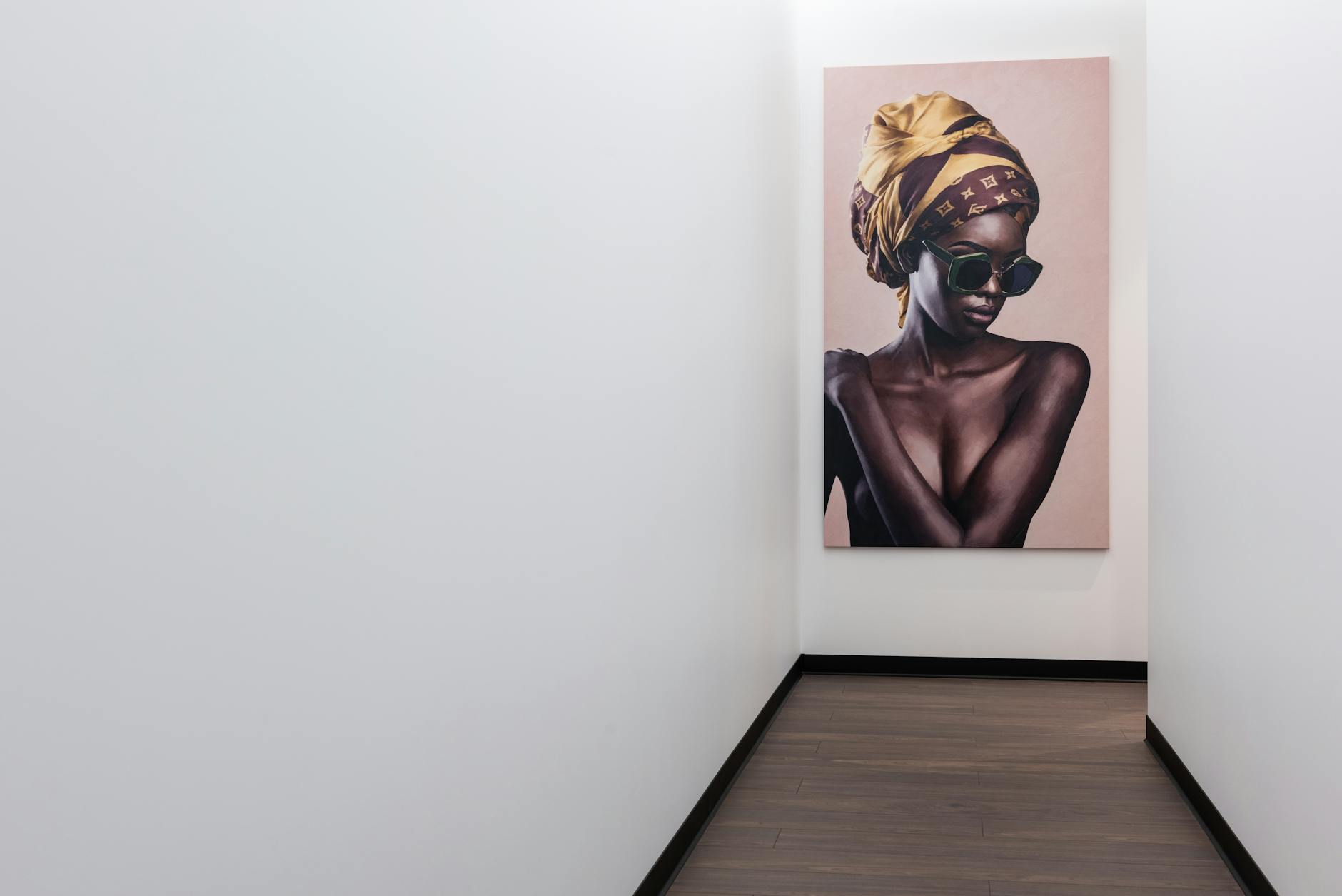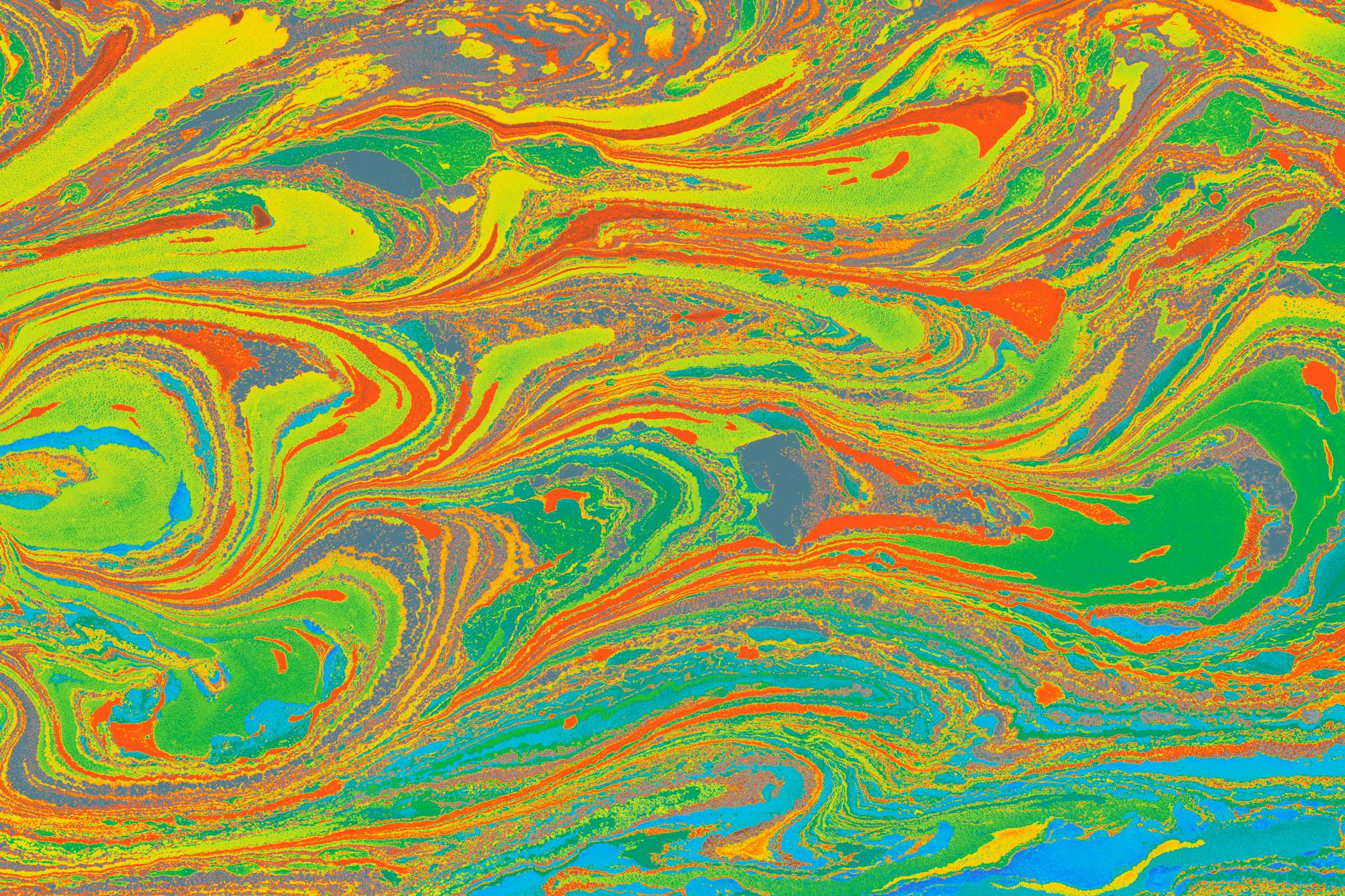—
The intertwining of psychedelics and creativity is an age-old nexus. The mysterious and transformative power of substances like lysergic acid diethylamide (LSD), psilocybin, and more recently, Ayahuasca, has been a catalyst for opening the floodgates of creativity for many esteemed artists, musicians, and writers. The question we posit here is how precisely do these substances impact artistic expression and creativity?
Psychedelics are renowned for inducing altered states that dramatically shift perception, cognition, and emotions. Often this results in profound ideas, stories, and images that have not been previously conjured or realized in one’s sober state. Distinct in their ability to dissolve boundaries, these substances may invite unique inspiration and imagination when channeled through an artistic discipline.
Classically, substances like LSD and Psilocybin work by mimicking serotonin, a neurotransmitter in the brain that influences mood and cognition. The result is an avalanche of intensified and distorted sensory input that wells up a cascade of ideas, symbols, and forms, a phenomenon best illustrated by late Swiss artist H.R. Giger, famous for his works inspired by his experience with psychedelics.
But it’s not just the confluence of fantastical imagery that defines the impact of psychedelics on artistic expression. It also changes how artists perceive and interpret the world around them. Acclaimed Beat poet Allen Ginsberg famously attributed his poem “Wales Visitation” to his LSD experience. From vivid landscape descriptions to his contemplation of existential questions, the drug’s influence over Ginsberg’s work remains unmistakable.
These substances can help cross over boundaries of the normal waking consciousness, inviting artists to brave the unexplored territories of the mind, contributing to their artistic development. As psychologist James Fadiman highlights, psychedelics can break down habitual thinking patterns, opening up new possibilities of imagination beyond one’s usual mental landscape.
Nevertheless, it’s important to highlight that the link between psychedelics and increased creativity is a complex one. Despite the numerous accounts of artistic breakthroughs attributed to these substances, research into their direct impact on creativity remains lacking. Furthermore, it should be stressed that while psychedelics can catalyze creative insight, they are not a magical solution for creative block or a replacement for talent, skill, and dedication to craft.
Despite this complexity, more and more artists are openly discussing their use of psychedelics as a tool for inspiration and self-discovery. Artists like Alex Grey, renowned for his intricate, spiritual, and psychedelic artwork, attribute a great deal of their artistic vision to these substances. Their experiences stand as testimonies to the power of psychedelics in harnessing untapped reservoirs of creativity and artistic expression.
While that discussion continues, scientific research into the potential therapeutic benefits of psychedelics is gaining momentum. With recent studies on psilocybin-assisted therapy showing promising results for conditions like depression, the future may see these substances emerging from the fringe and into mainstream acceptance. And with that may come a de-stigmatization and a fostering of conversations about their role in creativity and artistic expression.
In conclusion, the relationship between psychedelics and artistic creativity is as intricate as it’s captivating. While it’s clear these substances can open new realms of perception, and potentially creativity, the full story is much more nuanced and multi-dimensional than commonly perceived.
Psychedelics do not conjure creativity out of nothing, rather, they allow individuals to explore the vast corners of their own minds, shedding light on undiscovered ideas and ways of thinking. Through this exploration, they can offer profound inspiration for artistic expression. With growing acceptance and understanding of these substances, we can only expect to see more instances of their influences in the world of art and creativity.







